A sperm whale (or cachalot) is the largest of the toothed whales, and also the largest toothed predator. It is the only living member of genus Physeter as well as one of the three extinct species in sperm whale.
Conservation status: Vulnerable
Scientific name: Physeter microcephalus
Lifespan: 60 to 70 years
Length: 40 ft (adult)
Mass: 77,00-130,000 lbs (adult)
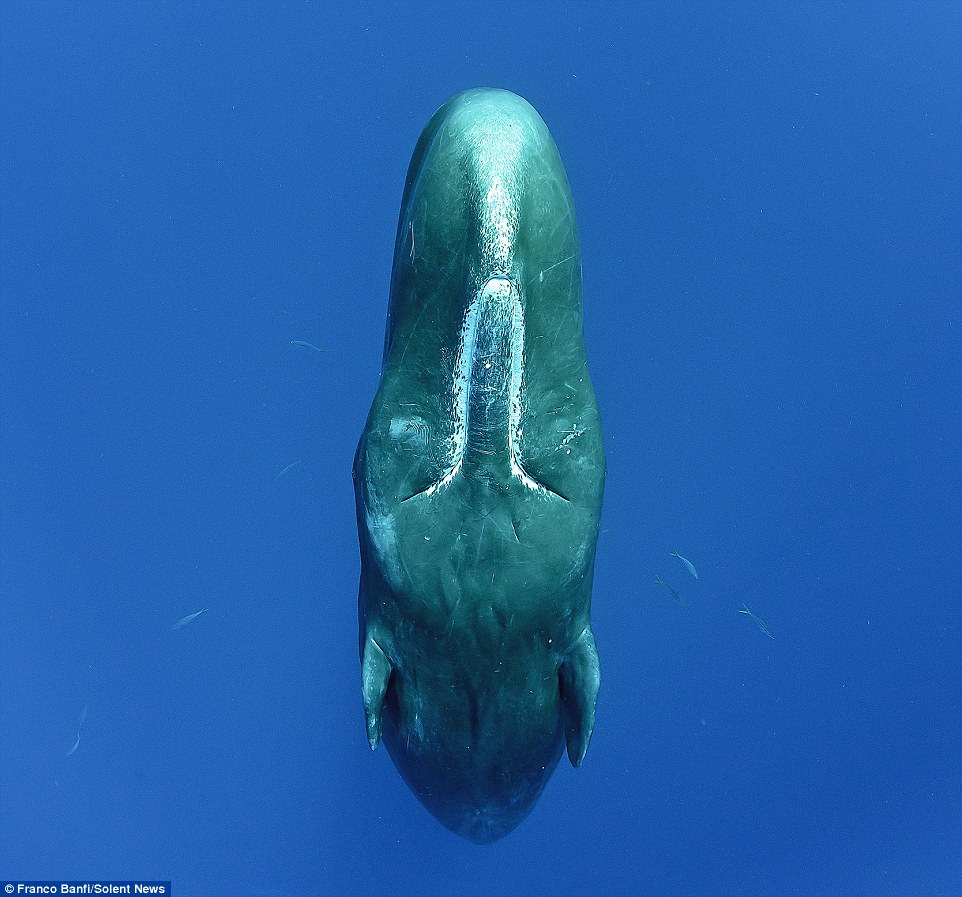
sleeping sperm whales
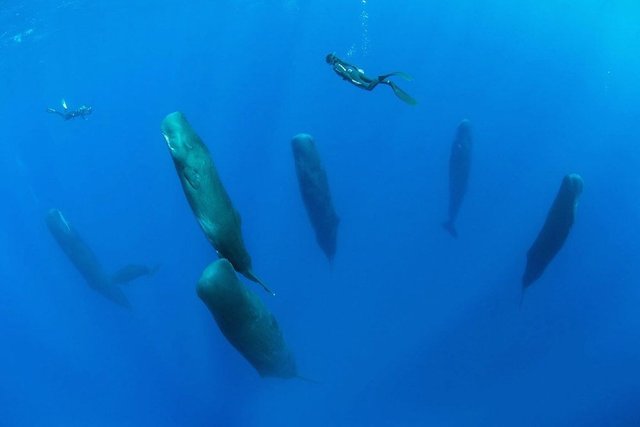


Sperm whales have large conical teeth for ensnaring their preferred prey. Just like most active predators. In fact sperm whales have the largest brain of any animal on the planet. They also have the most powerful sonar of any animal, which they use to help find their prey in the dark deep ocean. They have the ability to dive to incredible depths (up to 1000 meters) and stay down for great lengths of time (up to about 2 hours), both of these abilities increase the likelihood of finding prey. Sperm whales usually live in waters of several thousand meters deep and are rarely seen along the coast. That is except where deep trenches or underwater canyons approach the shore.
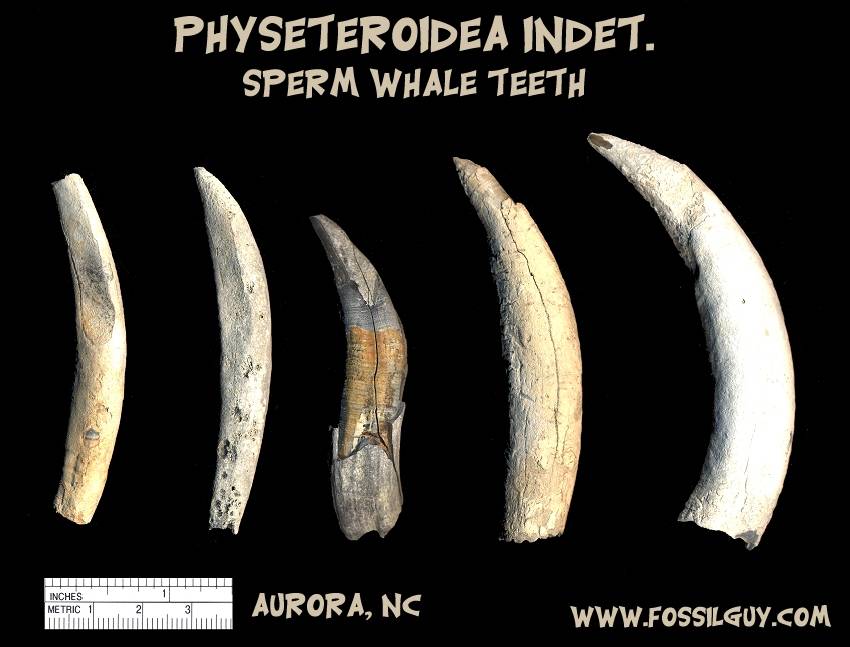
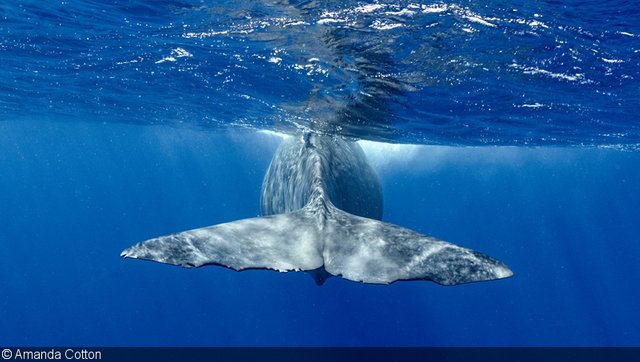
Sperm whales have very large brain and specialized sonar organ(called a melon) which contribute to it's characteristic block-shaped head. Their color is usually grey. The sperm whales lifecycle is very similar to that of humans. They reach sexual maturity in their teenage years, and females reproduce until they reach their forties, and go on into their seventies. They give birth to only one calf at a time, and at birth baby sperm whales are enormous their length being over thirteen ft. Because the calves cannot undertake the deep, long dives that their mothers do, groups of mothers form tight bonds and share the responsibility of protecting calves at the surface.
Over 150 years of commercial whaling for sperm whales cut their numbers in half, scientists estimate that whaling reduced the population of sperm whales by 75% or more. During the time when whale oil was the primary energy/lighting source in the United States and Europe. Sperm whale oil was some of the highest quality and also highest volume per whale of any species. Even with whale hunting ceasing in 1988, sperm whales still have not fully recovered from this practice and are still considered vulnerable to extinction by scientist. The biggest risks today include accidental entanglement in fishing gear, pollution, and even noise pollution.
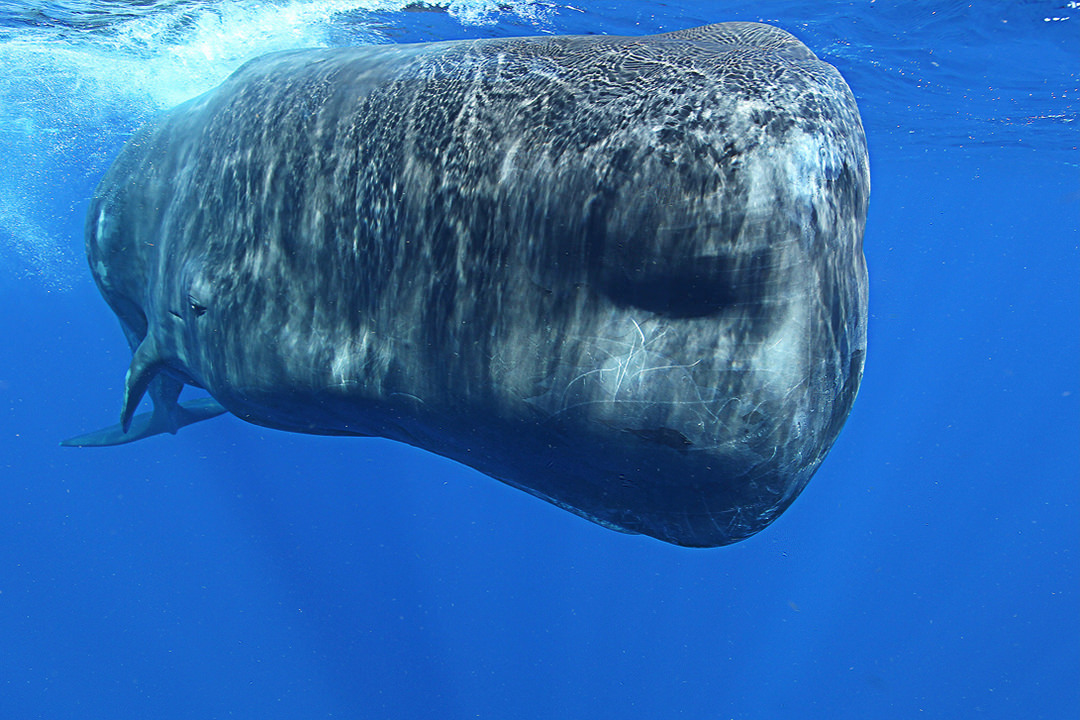
google images for photos
information came from oceana.org
This is a fantastic site to check out animals from the ocean. Check it out sometime. Guarantee you will love it.
Thank for reading my fellow steemians
Chris
Authors get paid when people like you upvote their post.
If you enjoyed what you read here, create your account today and start earning FREE STEEM!
If you enjoyed what you read here, create your account today and start earning FREE STEEM!
Hi! I am a robot. I just upvoted you! I found similar content that readers might be interested in:
http://oceana.org/marine-life/marine-mammals/sperm-whale
Downvoting a post can decrease pending rewards and make it less visible. Common reasons:
Submit